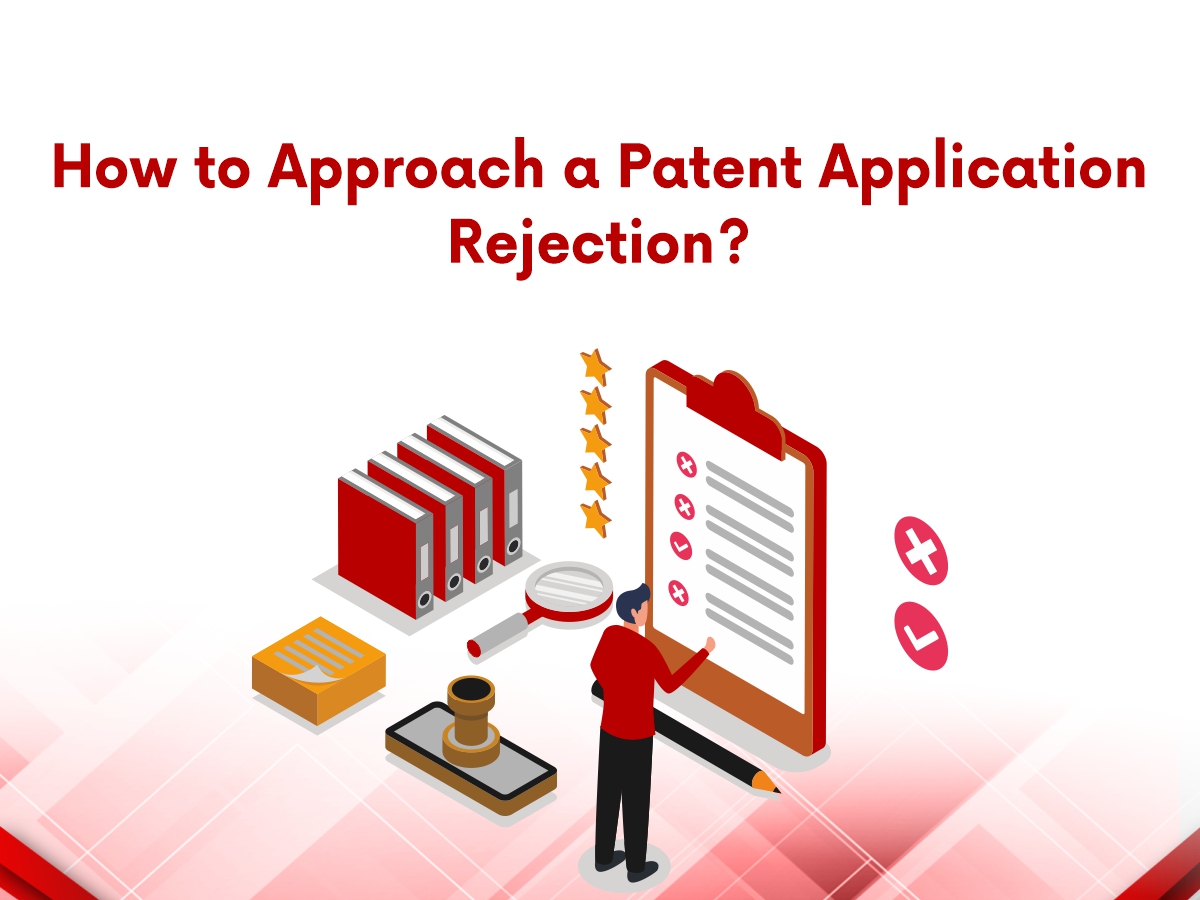
Close


An application must be submitted to the Patent and Trademark Office in order to receive a patent. It’s important to understand that, no matter how meticulously you prepare, your application may be reject by patent examiner . However, a patent denial is not the end of the process.
85 percent of applications filed to the patent and trademark office receive a non-final rejection. This necessitates modifications and follow-up processes in order to develop associated applications. You’ll have to invest additional time and money to resolve the concerns highlighted by the examiner if your patent application is denied. You can save your time and money by avoiding mistakes that lead to rejection. Here are the top three reasons patent applications get rejected.
In order for patent applications to be accepted, the invention must meet the fundamental patentability requirements. Despite the fact that these criteria are subjective, patent petitions are often rejected when one of the following conditions is met:
When you get a patent rejection, don’t consider it as a final judgment. Individuals should take advantage of the chance to learn more about the approval process and how the initial rejection may be used to improve their work. After receiving an Office action, you/your patent attorney must reply in one of two ways:
You can argue that specific claim limitations/features are not included in the stated prior art reference. If the Examiner mischaracterizes the prior art, interprets it incorrectly or too broadly, or otherwise misapplies the prior art references. The examiner will then consider your points and either agree with them and seek for new references or allow the patent application to proceed, or disagree with them and keep the rejections in place.
You may also amend or adjust your claims to clarify your invention instead of presenting arguments. Limiting the scope of your invention or adding new features to your claims that aren’t disclosed or implied in the relevant prior art references are examples of possible modifications/amendments.
The purpose of the Office action response is to persuade the examiner to accept your claims using a combination of claim modifications and persuasive arguments demonstrating how specific claim recitations are missing from the referenced prior art. It may take several responses to different office actions to reach a point where your patent application is approved, but if you continue, you must be able to do so.
Please Subscribe our news letter and get update.
© Copyright 2023 – Wissen Research All Rights Reserved.
Powered by VintageCoders